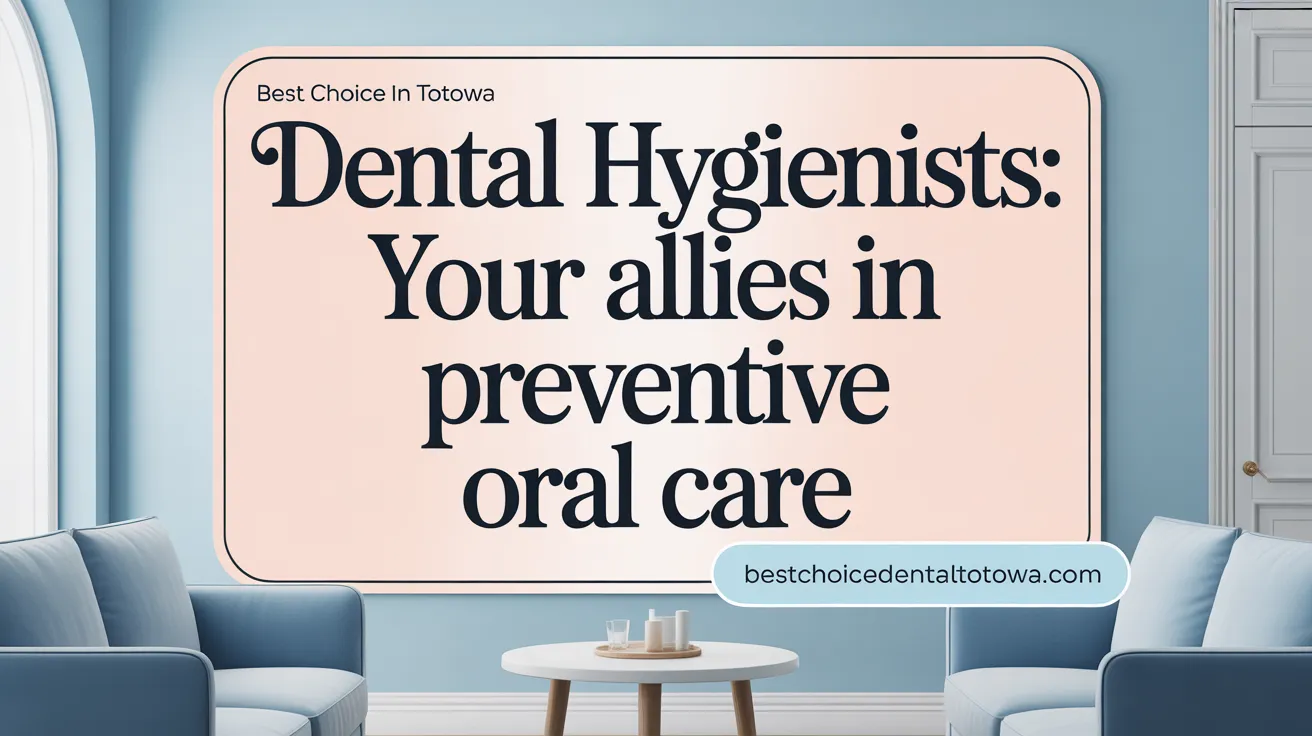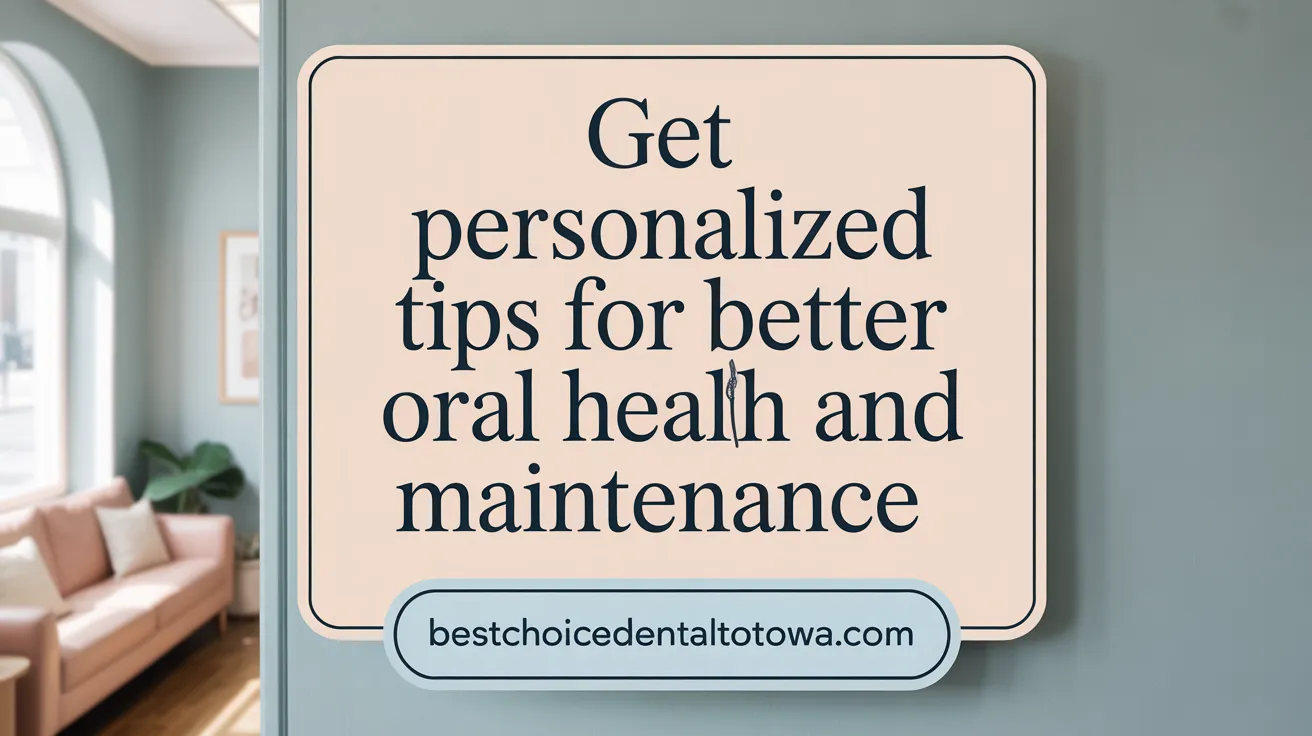The Foundation of a Healthy Smile
Regular dental check-ups are more than just routine appointments; they are vital interventions that safeguard your oral health and overall well-being. By detecting issues early and providing personalized care, dental visits help avert complex dental problems, maintain a radiant smile, and even protect against systemic diseases. This article explores why these visits are essential and how they contribute to a lifetime of oral health.
Early Detection and Prevention: The Heart of Dental Check-Ups
Why are regular dental check-ups important for oral health?
Regular dental check-ups are vital because they allow dentists to detect early signs of common and serious oral health problems. Conditions such as cavities, gum disease, and oral cancer often develop silently, without symptoms noticeable to the patient. Detecting these issues early means they can be treated more effectively and less invasively, reducing the likelihood of more painful, complex, and costly treatments later on.
How do dental X-rays contribute to oral health?
Dental X-rays are a key diagnostic tool during regular dental check-ups. They expose hidden problems like cavities between teeth, bone loss, impacted teeth, and jaw injuries that are not apparent in a standard visual exam. By revealing these early signs, dental X-rays enable timely interventions that preserve dental health and prevent progression of disease.
The role of professional cleaning
Professional cleaning during dental visits goes beyond what patients can achieve at home. Dental hygienists remove hardened plaque and tartar — substances that regular brushing and flossing cannot eliminate. This cleaning prevents decay and gum inflammation, promoting healthier teeth and gums. Polishing also smooths tooth surfaces, making it harder for plaque to accumulate.
Reducing future treatment and costs
Routine check-ups catch problems before they become severe, which saves patients from more extensive dental work like root canals, tooth extractions, or gum surgeries. By preventing advanced disease, regular dental visits also help avoid higher expenses. Insurance plans often cover two check-ups a year, making preventive care cost-effective.
Regular dental exams, supported by X-rays and professional cleaning, form the cornerstone of maintaining good oral health and preventing serious dental diseases.
The Crucial Role of Dental Hygienists in Preventive Care

What role do dental hygienists play during dental visits?
Dental hygienists perform professional cleanings that remove plaque and tartar buildup, inspect the gums and teeth for signs of disease, and provide personalized oral health advice. They play a central role in preventing dental problems before they develop.
Dental hygienist’s functions during cleaning
During a dental cleaning, hygienists meticulously remove plaque—a sticky film of bacteria—and hardened tartar that regular brushing and flossing cannot eliminate. This deep cleaning helps prevent the onset of cavities and gingivitis.
Removing plaque and tartar to prevent decay and gum disease
Plaque buildup is the primary cause of tooth decay and gum disease. If not professionally removed, plaque hardens into tartar, which leads to inflammation and can only be cleared by hygienists. Preventing these conditions preserves teeth and gum health.
Educating patients on home oral care techniques
Beyond cleanings, hygienists teach patients correct brushing and flossing methods and recommend oral hygiene products. This guidance empowers individuals to maintain oral health between dental visits and reduce risks of oral diseases.
Importance of professional cleaning versus home care alone
While daily brushing and flossing are critical, they often miss plaque in hard-to-reach areas. Professional cleaning by dental hygienists complements home care by thoroughly removing buildup, making regular visits essential for long-term oral health.
Oral Cancer and Systemic Health Screening During Check-Ups

How do dental visits aid in detecting oral cancer and systemic health issues?
Dental visits play a crucial role in the early detection of oral cancers. During regular check-ups, dentists carefully examine the mouth, checking for unusual lumps, red or white patches , sores that do not heal, or other abnormalities in the mouth, head, and neck areas. Early identification of these signs is potentially life-saving as it allows timely treatment.
What is the link between gum disease and systemic diseases such as heart disease and diabetes?
Gum disease, often detected during dental visits, is not just an oral health concern but is linked to broader systemic conditions. Research demonstrates associations between gum disease and illnesses like heart disease, diabetes, stroke, and respiratory infections. Inflammation and bacteria from gum disease can affect blood vessels and contribute to these serious health problems.
What preventive health benefits do dental check-ups provide beyond the oral cavity?
Beyond oral care, dental check-ups help prevent systemic health issues by monitoring oral infections that can spread through the bloodstream or respiratory system. Detecting problems early through screenings supports the prevention of complications that otherwise could affect overall health.
Why is screening especially important for tobacco users?
Screening for oral cancer is particularly important for tobacco users because they are at a higher risk. Tobacco use increases the chances of developing mouth, head, and neck cancers. Dentists emphasize these screenings during check-ups to identify early warning signs and advise on risk reduction.
Regular dental visits provide a comprehensive approach to health by combining early cancer detection, monitoring gum disease, and offering guidance to reduce risks associated with lifestyle factors such as tobacco use. This integrated care improves both oral and overall health outcomes.
Personalized Oral Health Advice and Maintenance

How do dentists provide personalized advice during regular visits?
Dentists tailor their guidance by thoroughly assessing the patient’s unique oral health status. This individualized approach includes advice on effective brushing and flossing techniques customized to the patient's needs. They also address dietary habits and lifestyle factors, such as tobacco use or sugar intake, which can influence oral health.
Tailored guidance on oral hygiene, diet, and lifestyle
During appointments, dentists can recommend specific oral hygiene routines and products that suit individual conditions, for example, suggesting the use of fluoride toothpaste or antibacterial mouthwashes. Dietary advice aims to reduce cavity-causing sugars and promotes foods that strengthen teeth.
Addressing specific patient needs such as dry mouth or chronic conditions
Dentists consider underlying health issues like dry mouth, diabetes, or heart disease, which impact oral health. They provide strategies to manage symptoms and prevent complications, including hydration tips for dry mouth and closer monitoring for patients with chronic diseases.
Building a trusting patient-dentist relationship
Regular dental visits foster a supportive relationship, encouraging patients to openly discuss concerns and habits. This partnership enables ongoing, personalized care that evolves with the patient's health.
Cosmetic advice including safe teeth whitening options
Dentists are uniquely authorized to perform professional teeth whitening and advise on safe and legal cosmetic treatments. They help patients understand the benefits and risks, ensuring cosmetic decisions enhance oral health alongside aesthetics.
Comprehensive Dental Exam: What to Expect During Your Visit

What happens during a typical dental check-up?
During a dental check-up, the appointment usually begins with a professional cleaning performed by a licensed dental hygienist. This cleaning involves removing plaque and hardened tartar from the teeth surfaces using specialized tools, polishing the teeth to remove stains, and flossing to clear between teeth. Fluoride treatment may be applied to strengthen enamel and help prevent cavities.
Step-by-step description of cleaning, examination, and X-rays
After cleaning, the dentist conducts a detailed examination which includes checking the teeth, gums, tongue, soft palate, throat, and neck areas for any abnormalities or signs of disease. This may involve probing for gum pockets and assessing overall oral health. X-rays might be taken if needed to detect issues not visible during the visual exam, such as hidden cavities, bone loss, or impacted teeth.
Checking gums, soft tissues, and oral cancer screening
Special attention is given to evaluating gum health, identifying signs of gum disease or inflammation. Oral cancer screening is performed by inspecting for lumps or red and white patches in the mouth, sores that do not heal, or other unusual changes in the mouth and surrounding tissues.
Addressing patient concerns and planning follow-up care
The dentist discusses findings with the patient, answers any questions, and suggests treatment options if any problems are detected. Follow-up care might include scheduling further procedures, advice on improved oral hygiene, or lifestyle changes.
Typical visit duration and cost considerations
Most dental check-ups last approximately 45 minutes, depending on individual needs. Costs vary based on insurance coverage and additional treatments, but many insurance plans cover two check-ups and cleanings per year. Without insurance, visits typically range from $80 to $200, with more extensive procedures increasing the cost.
Long-Term Benefits of Routine Dental Visits for All Ages

What are the long-term benefits of regular dental visits?
Long-term routine dental visits are strongly linked to better oral health outcomes. Individuals who regularly see their dentist have fewer cavities and reduced tooth loss. Maintaining routine attendance supports preserving natural teeth over a lifetime, which is crucial for chewing, speaking, and overall quality of life.
How do regular visits impact self-rated oral health?
Studies show that people with consistent dental appointments tend to report higher satisfaction with their oral health. They experience fewer dental problems, leading to greater confidence and less discomfort.
What is the effect on different age groups?
- Children: Early and regular dental visits encourage healthy dental habits, prevent cavities, and address issues before they worsen.
- Adults: Routine care helps manage gum disease and decay, lowering risks of tooth loss and improving oral function.
- Elderly: Consistent dental check-ups correlate with better periodontal health and fewer dental problems, enhancing life quality.
Are there disparities in dental visit frequency?
Access remains a challenge for underserved communities. Lower-income children and adults are less likely to have regular dental visits, which can contribute to worse oral health outcomes.
Overall, sustaining routine dental visits across the lifespan supports oral health maintenance, reduces costly treatments, and improves individuals' well-being.
| Age Group | Benefits of Regular Dental Visits | Key Outcomes |
|---|---|---|
| Children | Prevent cavities, instill habits | Healthier teeth, early problem detection |
| Adults | Manage gum disease, decay | Reduced tooth loss, better function |
| Elderly | Maintain periodontal health | Less oral discomfort, improved quality of life |
| Underserved Populations | Increased access needed | Potential for improved oral health equity |
Your Smile’s Best Ally: The Regular Dental Check-Up
Maintaining excellent oral health is a vital part of overall well-being, and regular dental check-ups are indispensable in this quest. They provide early detection of diseases such as cavities, gum disease, and oral cancer, prevent costly treatments, and offer personalized care tailored to each individual. Coupled with daily home oral hygiene, these visits empower you to preserve your natural teeth and enjoy a radiant smile throughout your life. By committing to routine dental care, you invest not only in your oral health but also in your general health and confidence.
